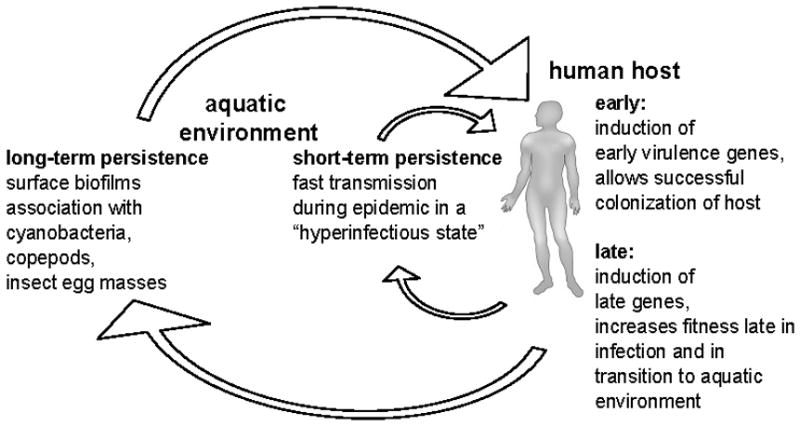Figure 6. Model of the pathogenic V. cholerae life cycle.

Human infection occurs by ingestion of V. cholerae. Induction of early genes is crucial for survival and successful colonization of the small bowel. Induction of late genes allows maintenance of the infection and increases fitness for the transition step into aquatic environments. After the release into the environment V. cholerae can infect a new human host in a short time period (short-term persistance) or form associations with chitinous material allowing long-term persistence in the environment.
